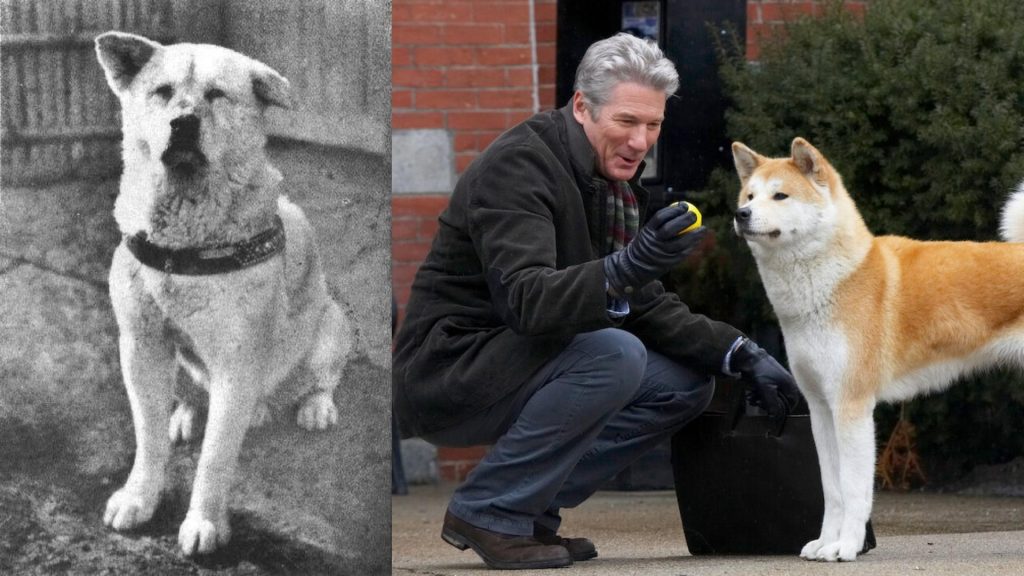In the heart of the Great Depression, a seemingly altruistic effort by the U.S. government unfolded in Macon County, Alabama. A syphilis outbreak plagued the African American sharecroppers, and the government appeared to provide free healthcare to combat it.
However, the shocking truth emerged later – a sinister experiment unfolded from 1932 to 1972. Government doctors allowed 600 Black men, many with syphilis, to believe they were receiving treatment for their “bad blood,” while in reality, no treatment was administered. The Tuskegee experiment aimed to observe the ravaging effects of untreated syphilis until the subjects’ eventual demise.
The Beginnings Of The Tuskegee Experiment
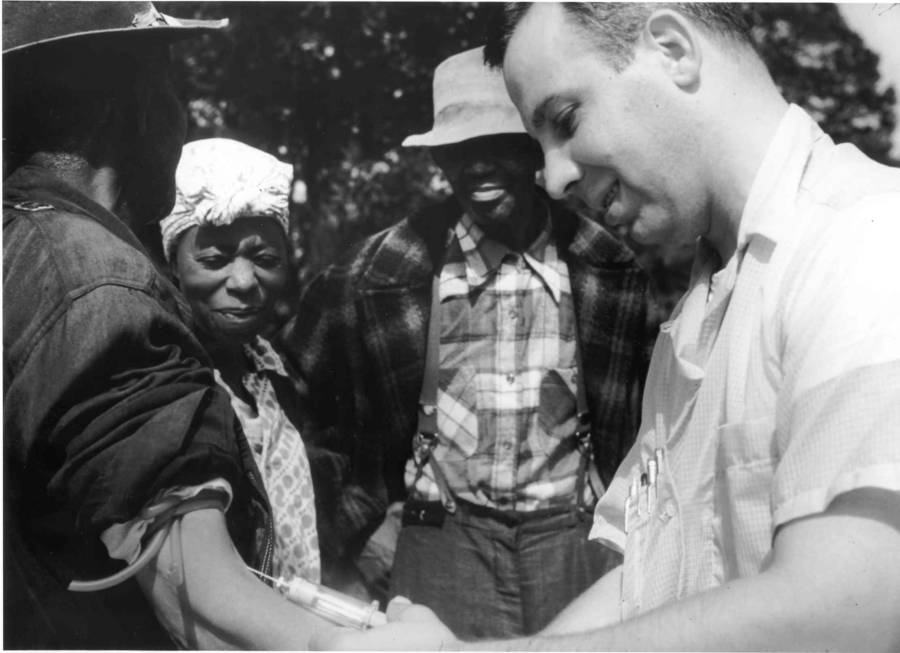
In 1932, Dr. Walter Edmondson was observed extracting a blood sample from an unidentified participant in the Tuskegee study. Source: National Archives
The United States Public Health Service orchestrated the Tuskegee experiment with senior official Taliaferro Clark at its helm. Originally intended to observe untreated syphilis for a short period followed by treatment, the project faced funding challenges during the Great Depression.
Instead of canceling, the researchers took a barbaric turn, opting to witness the consequences of no treatment at all. The subjects were given placebos, such as aspirin, and lied to about their condition, preventing them from seeking genuine medical care.
How Doctors Deliberately Withheld Treatment
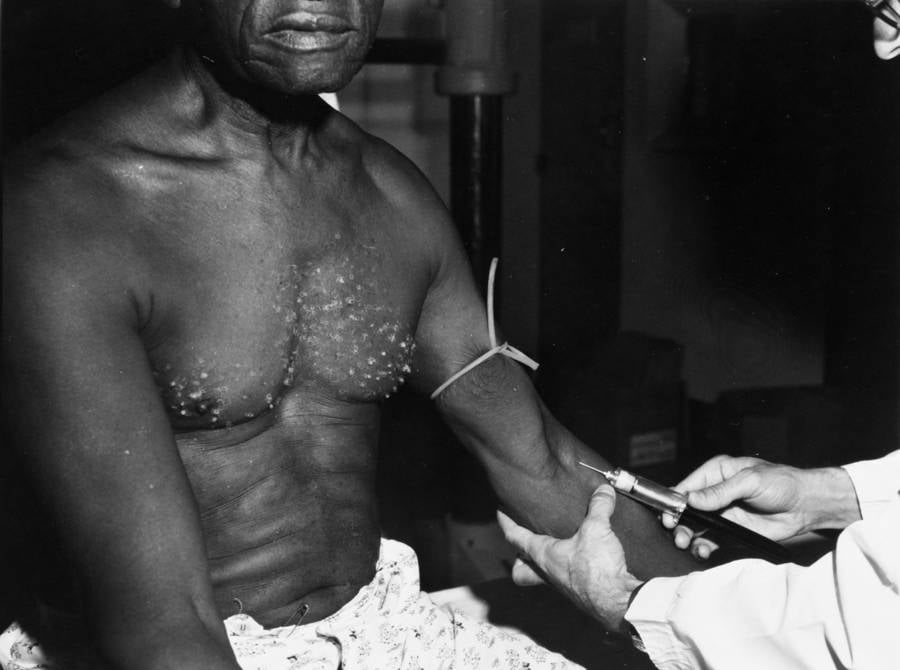
When the experiment commenced, known treatments for syphilis existed, yet doctors deliberately kept this information from the subjects. The Tuskegee researchers defied laws, including those requiring treatment for venereal diseases. Dr. Thomas Parran Jr., a lead in the study, maintained its importance, justifying its continuation even as penicillin became an effective treatment.
Four Decades Of Agonizing Deaths
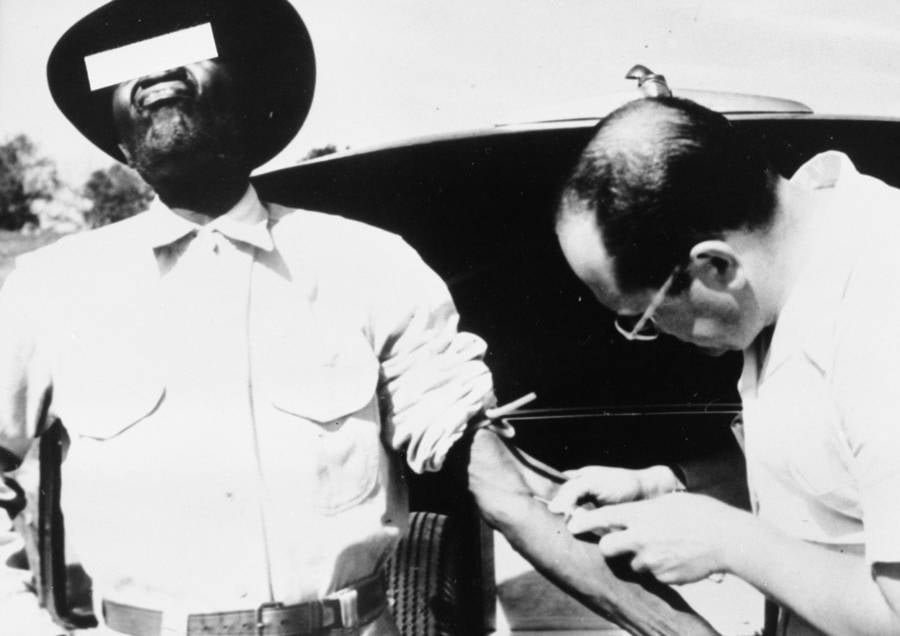
As the experiment unfolded, no one intervened, and the participants were actively kept ignorant of available cures. By the 1940s, physicians not only neglected treatment but also prevented the subjects from discovering a cure. A committee in 1969 dismissed ethical concerns, ensuring the study persisted for decades.
The Doctors Who Allowed The Experiment
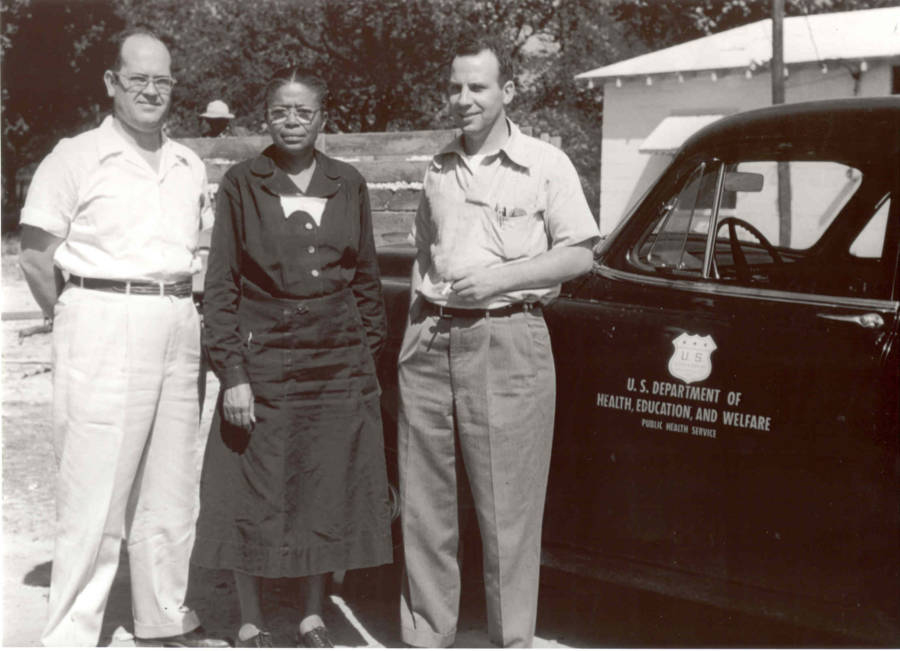
Despite the horror, individuals from the historically Black Tuskegee Institute, including nurse Eunice Rivers, were involved. Rivers, the patients’ main contact, justified her role, claiming the study proved syphilis affected Black individuals differently. The experiment continued for 40 years, shrouded in secrecy.
How The Tuskegee Syphilis Study Was Revealed
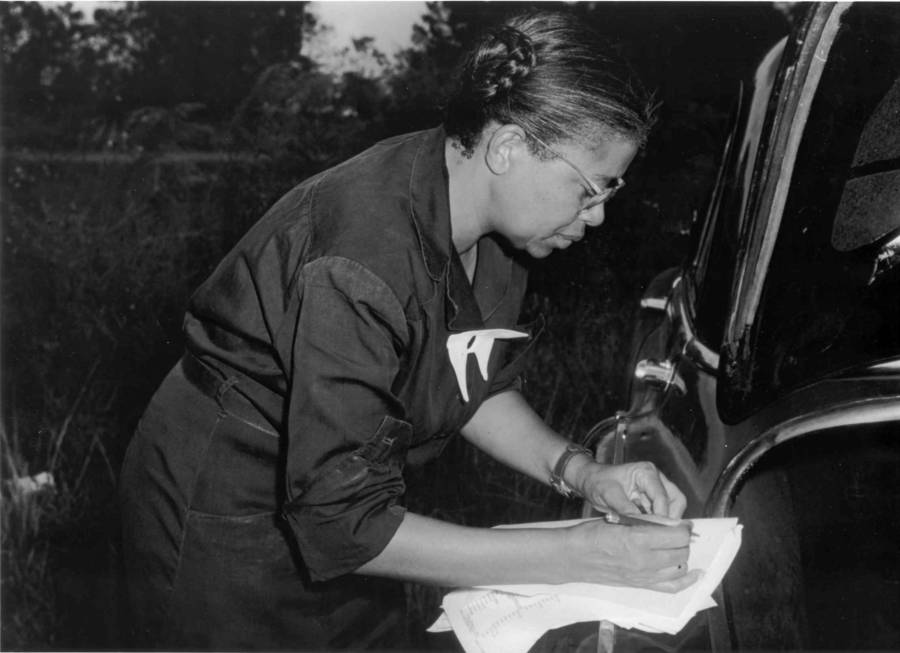
After 40 years, Peter Buxtun, a social worker, exposed the experiment, leading to its end in 1972. The press revealed that the U.S. government had violated its laws, experimenting on its own citizens. The aftermath showed only 74 subjects survived, and devastatingly, the experiment led to infections in the patients’ wives and congenital syphilis in their children.
The Unapologetic Reaction From Tuskegee Researchers
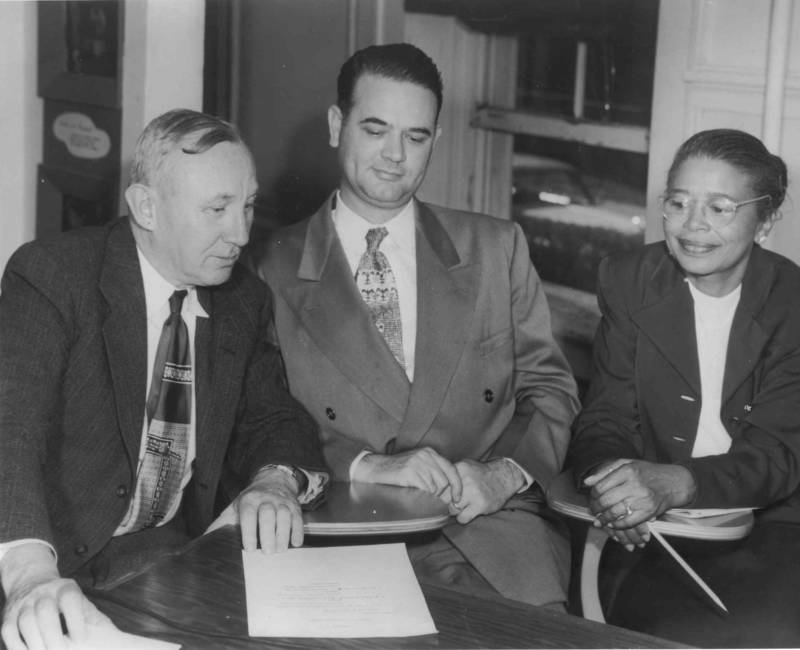
Despite the truth emerging, the Public Health Service didn’t apologize. Some individuals, like John R. Heller Jr., publicly lamented the experiment’s premature end. Eunice Rivers remained unapologetic, asserting her patients still loved her. The Tuskegee Institute even honored her with an award.
The Aftermath Of The Heinous Experiment
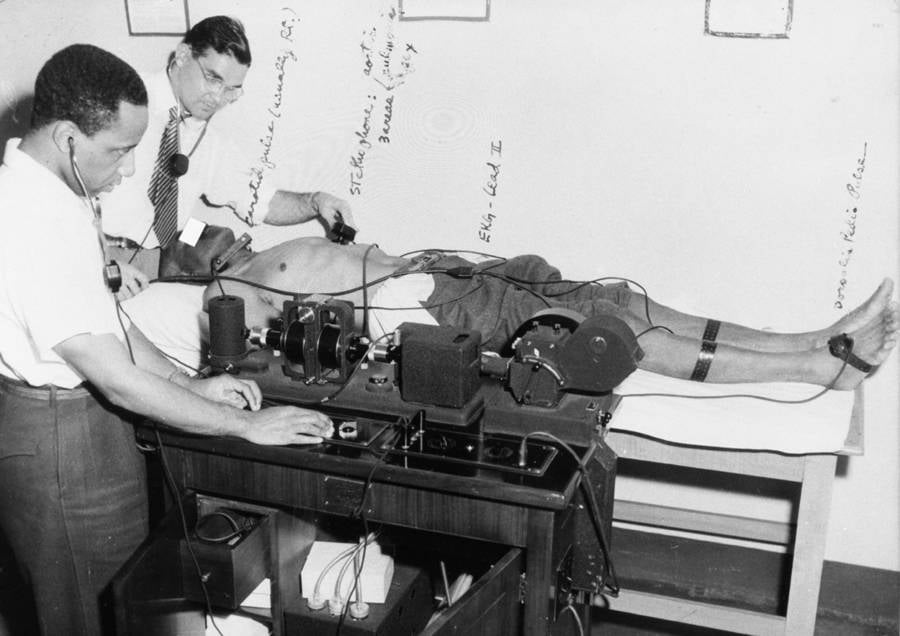
The Tuskegee experiment severely damaged public trust in the U.S. healthcare system. Subsequent laws enforced informed consent, accurate communication of diagnoses, and detailed reporting of test results. In 1997, the U.S. government formally apologized to the victims, acknowledging the racist nature of the study.
Conclusion
Decades later, the Tuskegee experiment’s legacy persists as a dark chapter in American history. It serves as a stark reminder of the ethical responsibilities in scientific research and the enduring impact on the victims and their families.
FAQs
- Was the Tuskegee experiment legal? The Tuskegee experiment was unquestionably illegal, violating laws requiring treatment for syphilis.
- Why did the Tuskegee experiment continue for so long? Despite proven treatments, the researchers justified its continuation for decades, claiming it was their last chance to study untreated syphilis.
- What was the role of Eunice Rivers in the experiment? Eunice Rivers, an African American nurse, was the main contact for the subjects, justifying her role even after the experiment went public.
- How did the Tuskegee experiment impact public trust in healthcare? The experiment damaged public trust, leading to the introduction of new laws to prevent similar tragedies.
- Did the U.S. government apologize for the Tuskegee experiment? In 1997, the U.S. government formally apologized to the victims and their families for the racist nature of the study.

